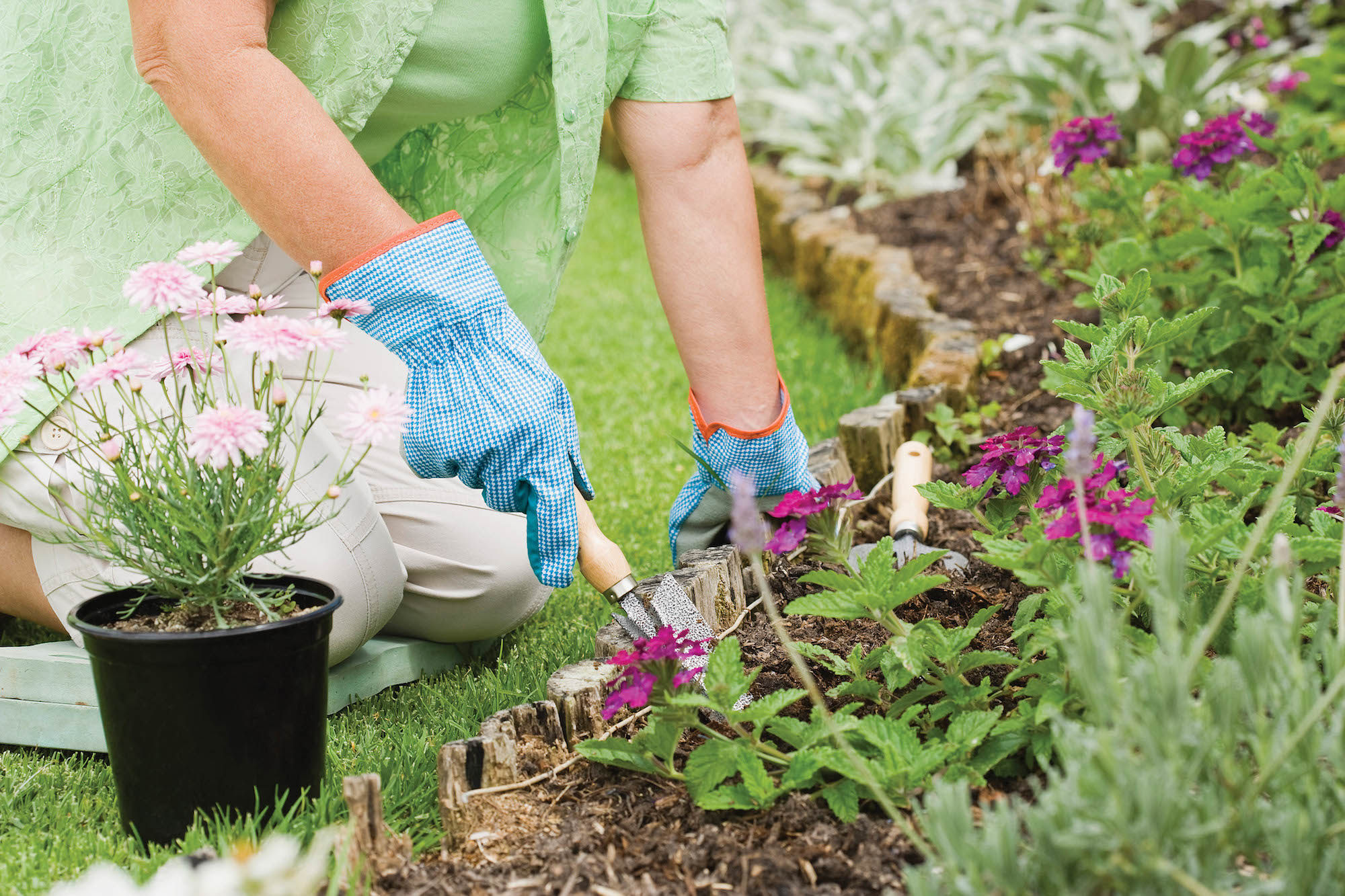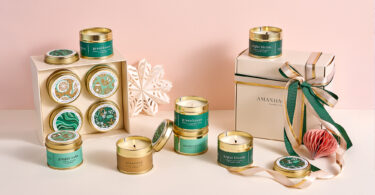How to handle them, apply them, store them and more…
● Garden pesticides can be very dangerous if not used correctly. Ready-to-use products are the safest and easiest choice – especially ones that have a trigger-pump sprayer for spot treatments on smaller plants and shrubs. There’s no need to dilute and mix anything or buy special equipment.
● Choose the least-toxic pesticide that will solve your problem, and don’t think that twice the amount will do twice the job. Read the label and always follow the directions exactly.
● Pesticides can penetrate the skin, so use protection – a face mask to avoid inhalation, goggles, rubber gloves, a long-sleeved shirt, long pants and closed shoes. It’s also a good idea to change your clothes and wash your hands after applying pesticides.
● If you mix your own pesticides, keep containers and measuring spoons just for this purpose and mark them clearly. Never transfer pesticides to other containers, especially empty coldrink bottles.
● Don’t spray pesticides on rainy or windy days, near children or pets. And watch that none of it runs off into the vegetable garden, fishpond or swimming pool.
● A locked storage cabinet in the garage or garden shed is the best place to store pesticides and any equipment you use to mix or apply them.
● Try and buy only as much pesticide as you will need for a single application. This will save you having to store any unused product. Don’t pour any excess down the drain or throw it in the dustbin.
● Always read the label for emergency and first aid measures. Have the container with you when you call for assistance and remember to act fast!
Think green
There are several pros to using organic pesticides. For one thing, they increase the vitamin and mineral content of your soil. Plus you get to avoid spraying potentially harmful synthetic chemicals around your home. They can also save you money as many natural pesticides are only as far away as your kitchen and bathroom cabinets. From cayenne pepper and talcum powder to coffee grounds, lemon juice and more, a simple Google search on ‘how to make natural and organic pesticides’ will reveal an array of ‘recipes’.
Know your pests: Not sure what’s weaving those fine webs under the leaves of your favourite flower? Efekto has a handy pest identification page (see efekto.co.za) with pictures of common garden critters, including cutworm, crickets, aphids, snails and more.










Leave a Comment